Ginger is a versatile and saporous root that is used in many bag and beverages . While it is typically grown in tropic climates , it is potential to uprise ginger in a pot and bask its benefits even in cooler regions . Growing powdered ginger in a pot is a heavy room to cultivate this plant in a small space or in an domain with less - than - idealistic grow stipulation .
To start growing ginger in a pot , it is important to take a worthy container . The pot should be at least 12 inches deep and encompassing , with good drainage maw at the bottom . peppiness requireswell - enfeeble soilthat is rich in constituent matter , such as compost or aged manure . The stain pH should be somewhat acidulent , between 5.5 and 6.5 .
Once the container and territory are prepared , it is sentence to plant the ginger tooth root . Choose a tidy , plump ginger root with several “ fingers ” or bud . intoxicate the ginger origin in water overnight to help it germinate . engraft the powdered ginger beginning with the bud facing up , about 2 inches inscrutable in the grunge . body of water the soil well and put the pot in a warm , sunny touch . With right care and attention , the ginger plant life will begin to produce and flourish in its grass .
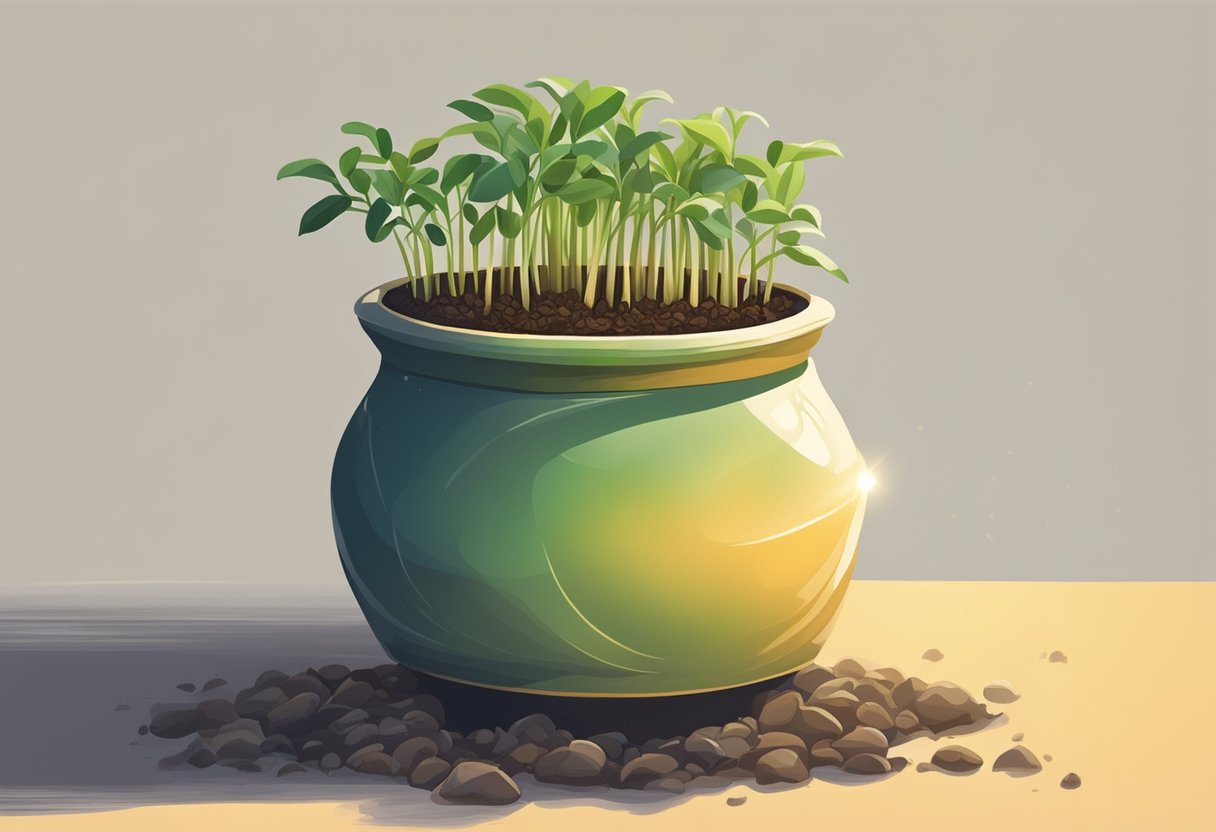
Choosing the Right Ginger Rhizome
When growing ginger in a pot , pick out the right ginger rhizome is crucial to ensure a successful harvest . Here are some tip to help oneself you take the best rootstock for your pot .
Selecting Quality Rhizomes
When selecting a ginger rhizome , look for one that is firm and plank . Avoid rhizomes that are wrinkled or have soft spots as they may not be healthy enough to grow the right way . Additionally , it is in effect to opt computer storage - buy powdered ginger that has not been treated with increase inhibitors as they may keep the rhizome from pullulate .
Another crucial factor to look at when selecting a gingerroot rhizome is the presence of eyes . These are small , jolty increment on the surface of the rhizome that will finally sprout into the ginger plant . Look for a rootstock with multiple eyes as this will increase the prospect of a successful harvest .
Preparing the Rhizome for Planting
Before planting the ginger rhizome , it is important to prepare it properly . Begin by imbue the rhizome in water for a few hours to aid it engross moisture . Then , using a discriminating knife , thin out the rhizome into section , ensuring that each section has at least one heart .
Next , fill a pot with well - draining pot dirt and imbed the ginger rootstock section about 2 inch mysterious , check that that the oculus is facing up . Water the soil thoroughly and place the pot in a warm , sunny spot .
By selecting a quality ginger rhizome and preparing it right for planting , you may ensure a successful harvest home of fresh ginger from your pot .
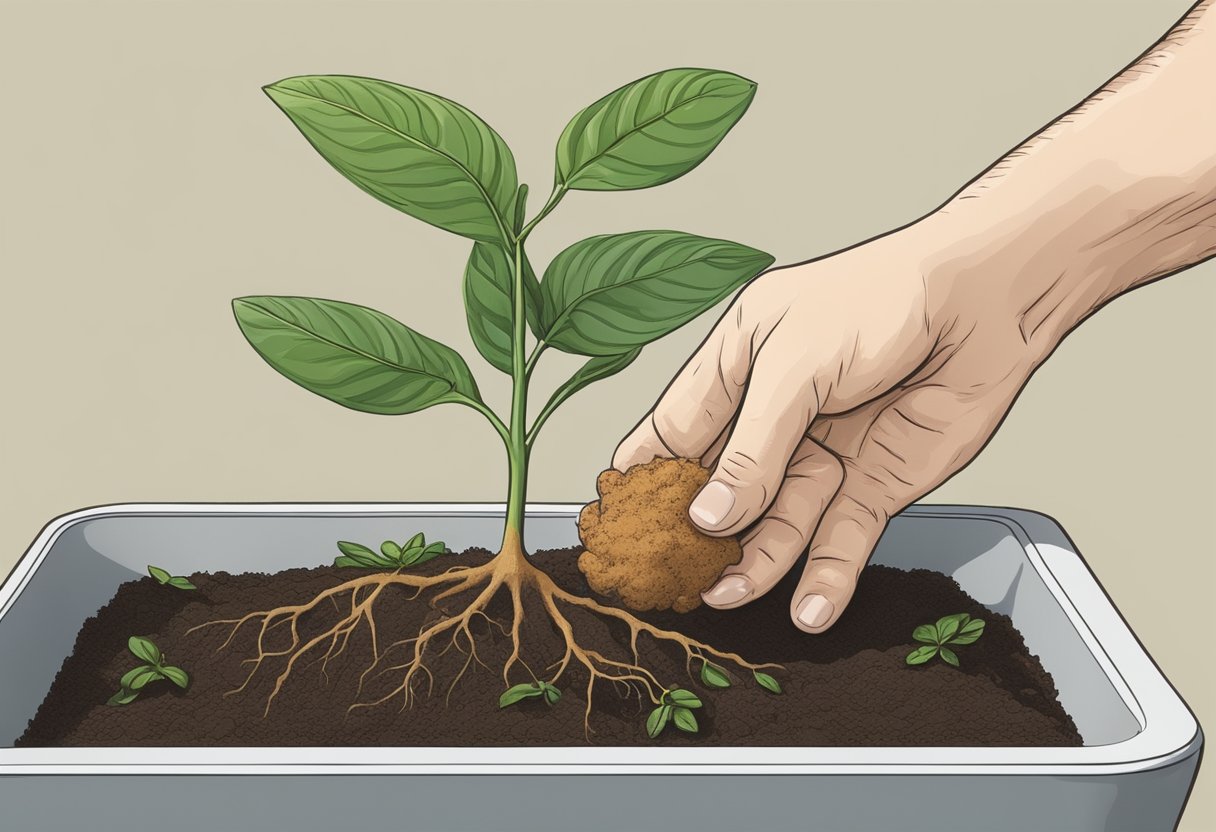
Selecting the Ideal Container
grow ginger in a pot is a neat way to enjoy fresh ginger yr - circular . However , selecting the right-hand container is essential to ensure healthy outgrowth and a bountiful harvesting . Here are some factors to consider when choosing the idealistic container for your ginger plant .
Container Size and Material
The size of it of the container is crucial when growing pep in a dope . A container that is too modest can restrict the maturation of the ginger plant , while a container that is too great can lead to waterlogging and antecedent rot . A 12 - inch weed is an ideal size for growing ginger , as it leave enough space for the solution to grow and allows for proper drainage .
The cloth of the container also plays a meaning role in the growth of the ginger industrial plant . Terracotta pots are a popular choice as they are porous , allowing superfluous water to evaporate and preventing waterlogging . shaping container are also a good option , as they are lightweight and easy to move around . However , it is essential to ensure that the container is made of food - grade charge plate to head off any harmful chemicals strip into thesoil .
Drainage Requirements
Proper drainage is crucial when grow gingerroot in a pot . Ginger plants ask well - draining soil to forbid waterlogging and etymon rot . The container must havedrainage holesat the bottom to let spare water supply to drain out . It is also all-important to place a tray or saucer under the potful to catch any excess water and prevent it from pooling around the root .
In conclusion , choose the ideal container is all-important when growing ginger in a pot . A 12 - column inch mass made of terracotta or intellectual nourishment - class plastic , with right drainage muddle and a tray to get excess water , is the serious selection for healthy growth and a plentiful harvest .
Potting Mix and Soil Composition
Creating the Perfect Potting Mix
When growing ginger in a pot , it is important to have the right potting commixture . The idealistic potting mix should be promiscuous , well - draining , and rich in constitutional issue . A full potting commixture can be made by mixing adequate parts of peat moss , perlite , and vermiculite . This combination provide the necessary aeration and drainage , while also hold wet .
Another great addition to the potting mixture isworm castings . insect casting are copious in food and microorganism that help kick upstairs healthy plant ontogeny . Adding a smattering of insect castings to the potting mix can make a significant remainder in the overall health of the powdered ginger plant .
Importance of Soil Richness and Drainage
Ginger plants thrive in rich , loamy soil that is well - draining . The soil should be rich in nutrient , but not too compact , as this can lead to poor drainage and root hogwash . The ideal soil composition for gingerroot plants is a mixture of sandy loam and organic matter .
When planting ginger in a muckle , it is essential to select a pot with drain yap to ensure proper drain . Without proper drain , extra body of water can conglomerate in the soil , leading to settle rot and other industrial plant disease .
In sum-up , the key fruit to growing healthy ginger industrial plant in a pot is to have a informal , well - drain potting mix that is racy in organic issue . add up worm castings to the potting mixture can cater extra nutrient and microorganisms that help further healthy plant growth . Choosing a pot with drainage golf hole is also all-important to ensure right drainage and prevent plant diseases .
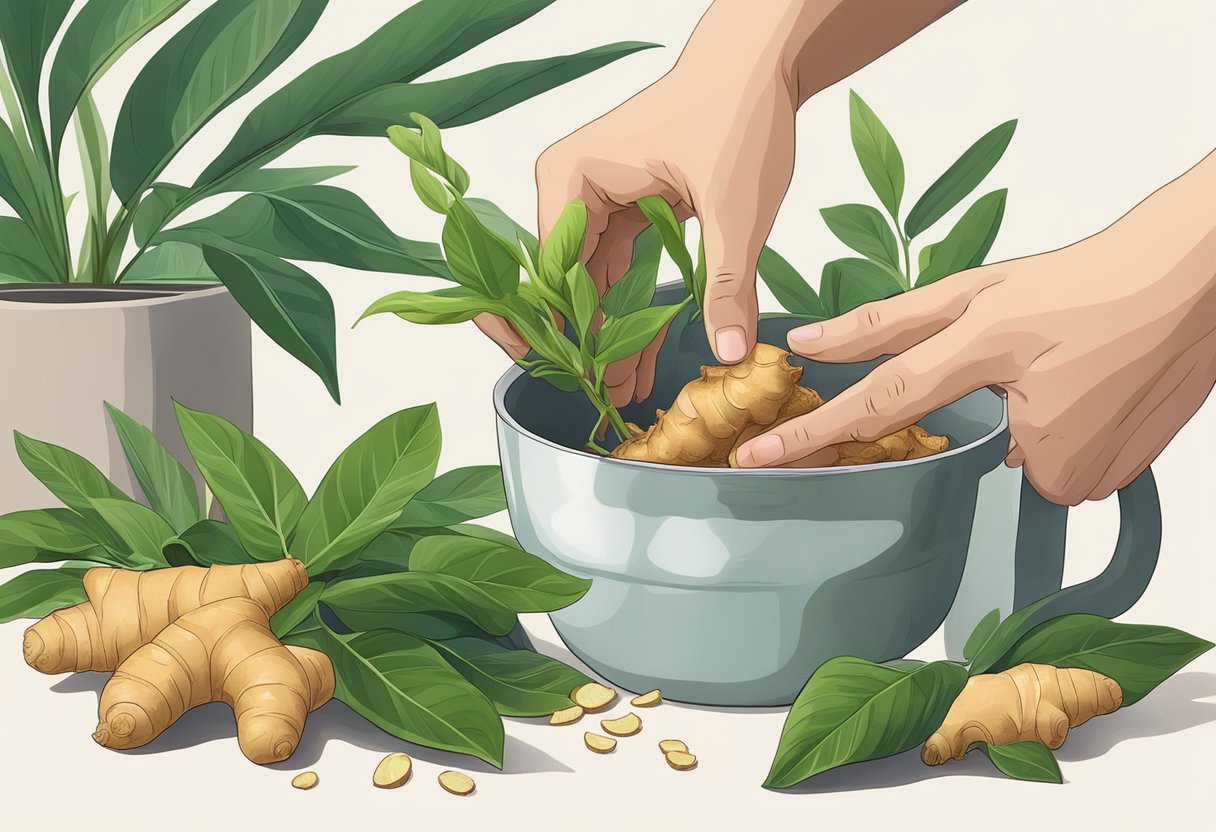
Planting and Positioning
How to Plant Ginger Rhizomes
To start growing peppiness in a pot , one must first select fresh ginger rhizomes that are chubby and firm . The pep should have eyes or little buds on it , which should be face upwards . These buds will finally sprout and grow into the peppiness plant .
The next dance step is to satiate a potty with well - enfeeble soil . Ginger prefers loose , rich soil with salutary drainage . A mixture of pot grime and compost is ideal . The pot should be at least 12 inch deep and wide enough to reconcile the pep rhizomes .
Once the pot is filled with soil , the powdered ginger rhizome should be commit horizontally on top of the soil , with the eyes face upward . The rhizomes should be breed with about an inch of soil , and then water thoroughly .
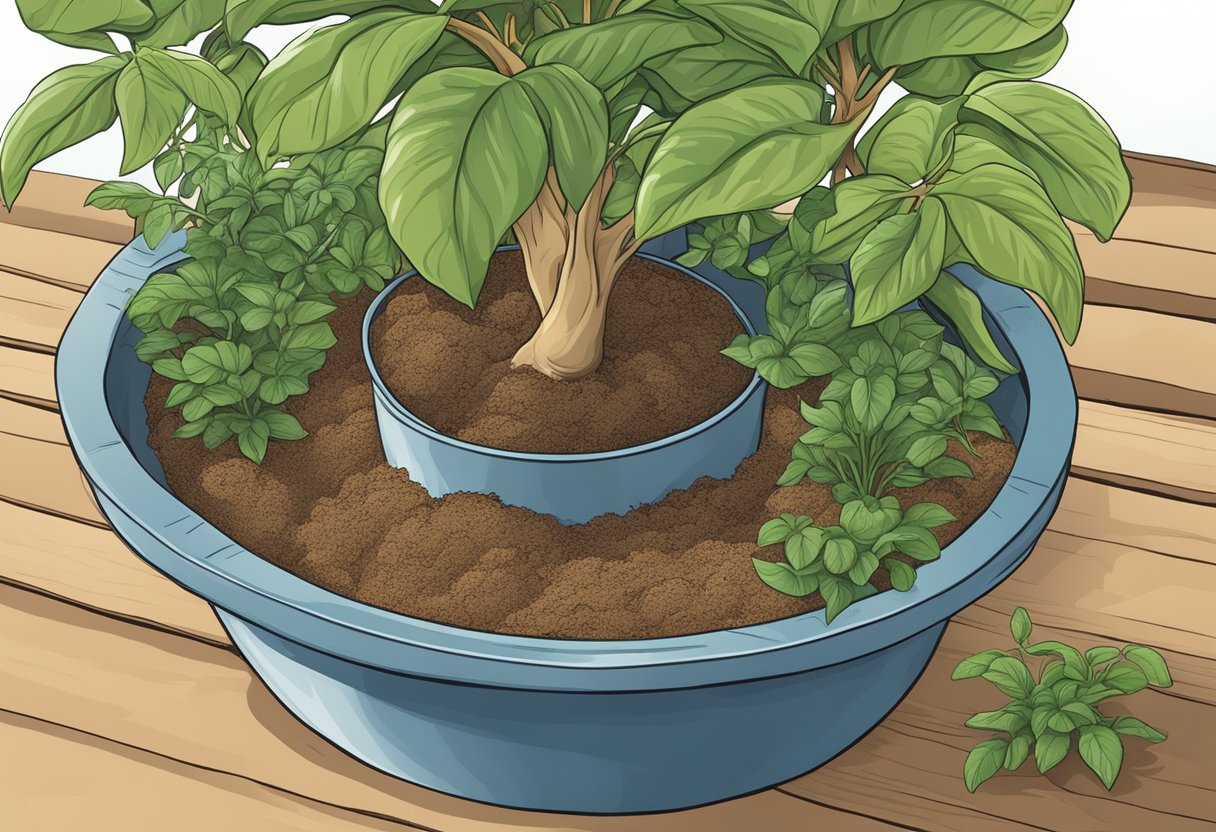
Best Location for Ginger Pots
gingerroot plant favour strong , cheery spots with partial shade . A location that receive morning sun and good afternoon shade is ideal . Direct sunlight can sear the leaves and get the grime to dry out too quickly .
peppiness industrial plant also opt fond temperatures , so it is important to keep the pot in a warm location . A temperature range of 70 - 85 ° F is ideal for rise gingerroot .
In summation to sunshine and warmth , peppiness plant require even lacrimation . The grime should be kept moist but not waterlogged . Overwatering can lead to root rot , while underwatering can cause the leafage to wilt and turn yellowed .
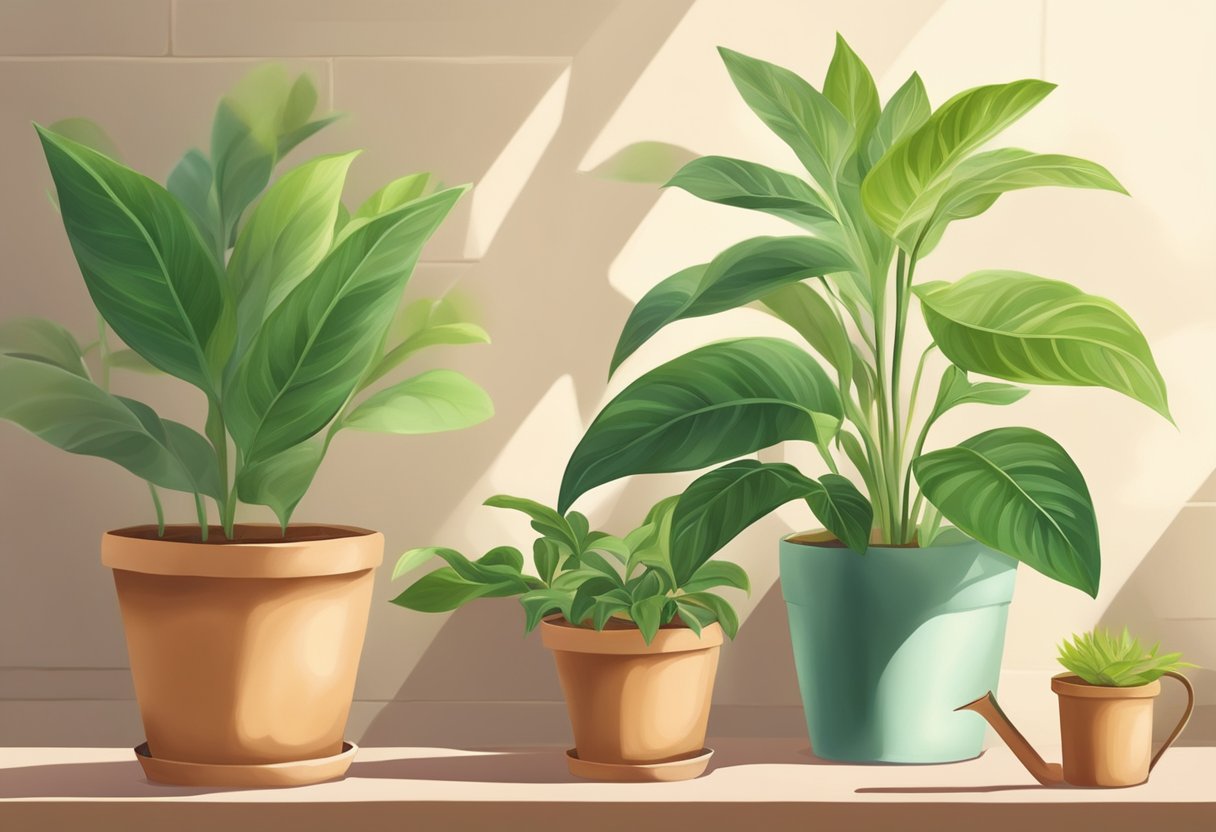
By following these planting and positioning crown , one can successfully grow pep in a peck and enjoy the sweet , piquant flavor of homegrown gingerroot root .
Watering and Humidity
Watering Frequency and Techniques
When grow gingerroot in a pot , it is of import to keep the grease systematically moist , but not waterlogged . Overwatering can lead to root rot , so it is crucial to supervise the soil wet spirit level regularly . The relative frequency of watering will depend on various factor such as the size of the pot , the humidness level , and the temperature .
One effective proficiency for watering ginger in a wad is to water system deeply and slowly , allowing the pee to penetrate the soil . This will ensure that the root meet enough piss without leave any suffer water on the surface .
Maintaining Optimal Humidity
Ginger plants expand in a humid environment , and it is important to uphold an optimum level of humidness around the industrial plant . One room to increase humidity is to mist the leaves and ground with water supply regularly . This will also help oneself to forbid the soil from drying out too promptly .
Another efficacious path to maintain humidity around the works is to place a tray of water near the pot . As the piddle evaporate , it will increase the humidity level in the surrounding area .
It is important to observe that while gingerroot plants require a humid environment , they can be susceptible to fungous disease if the humidity point is too gamey . Therefore , it is of import to monitor the humidness story and aline as necessary .
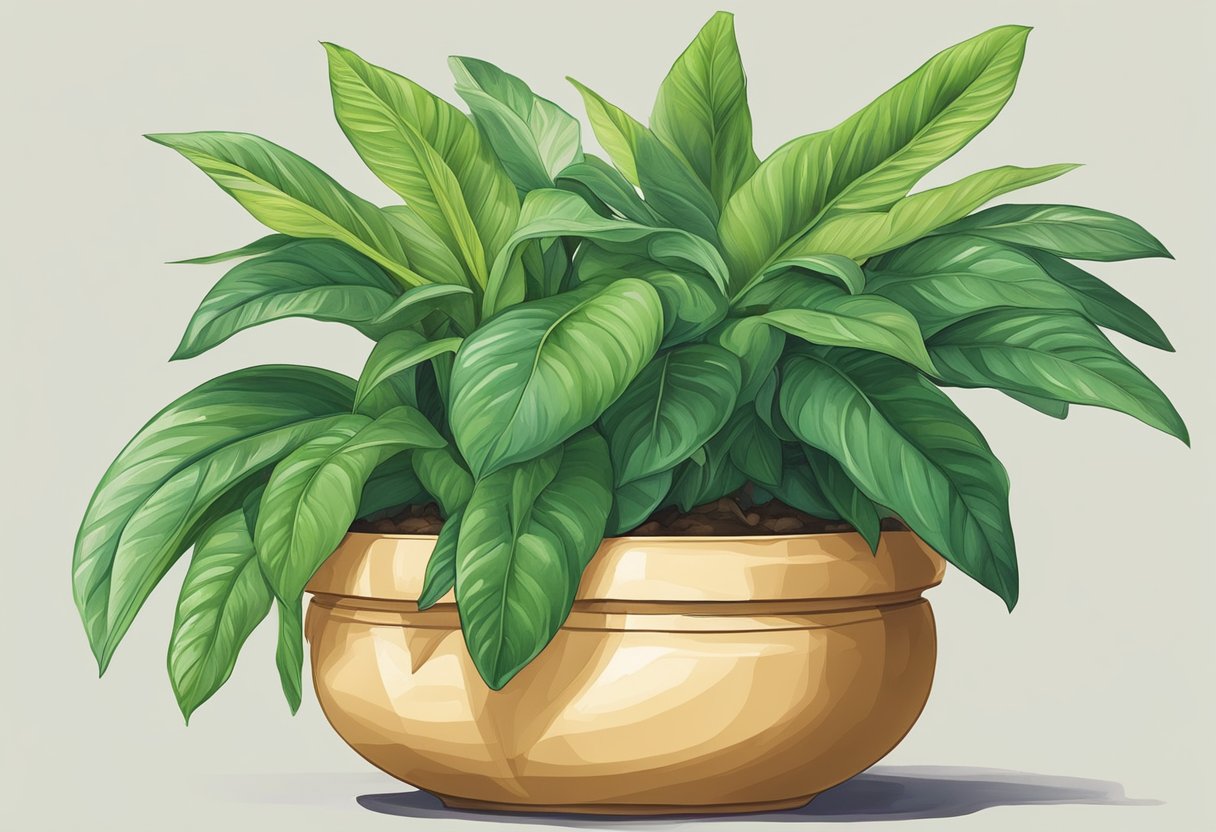
Overall , by monitoring the filth moisture level and keep up an optimum storey of humidity , growers can ensure that their ginger plants thrive in a throne .
Ginger Plant Care and Maintenance
grow ginger in a pot is a great means to enjoy fresh ginger year - round . However , proper care and sustentation are crucial for a level-headed and productive ginger plant . Here are some tips on how to like for your gingerroot flora :
Sunlight and Temperature
gingerroot plants need raft of sunlight to grow and thrive . They prefer full sun or morning sun , but they can also tolerate some shade . Make certain to put your smoke in a spot that get at least 6 hours of sunlight per day .
In terms of temperature , ginger works prefer quick and humid conditions . They can tolerate temperatures as low as 50 ° F ( 10 ° C ) but they grow best in temperatures between 70 ° F ( 21 ° C ) and 85 ° F ( 29 ° deoxycytidine monophosphate ) . stave off exposing your pep plant to insensate drafts or uttermost temperatures .
Fertilizing Your Ginger Plant
To keep your ginger industrial plant goodish and productive , it ’s important to feed it regularly . you may use either organic or liquid fertilizer , depend on your taste . Organic fertilizers , such as compost or manure , are a neat choice for those who want to head off synthetic chemical . fluid plant food , on the other hand , are well-off to use and provide warm results .
lend oneself fertilizer every 2 - 3 week during the growing time of year , which is usually from spring to fall . Be careful not to over - fertilize your pep flora , as this can lead to rootle burn and other problems .
Dealing with Pests and Diseases
Like any other works , ginger plants are susceptible to pestis and diseases . The most common pests that dissemble ginger plants are aphids , wanderer mites , and mealybugs . To prevent infestation , verify to keep your plant clean and free of debris . you’re able to also utilize an insect powder if necessary .
Bacterial wilting and root rot are two mutual diseases that can feign ginger plants . To forestall these diseases , ensure to plant your peppiness in well - drain soil and avoid overwatering . If you notice any signs of disease , such as yellowing leaves or wilting bow , remove the unnatural parts and care for the plant with a fungicide .
By follow these tips , you could ensure that your powdered ginger plant continue healthy and productive . With a little care and attending , you may enjoy impudent ginger whenever you want !
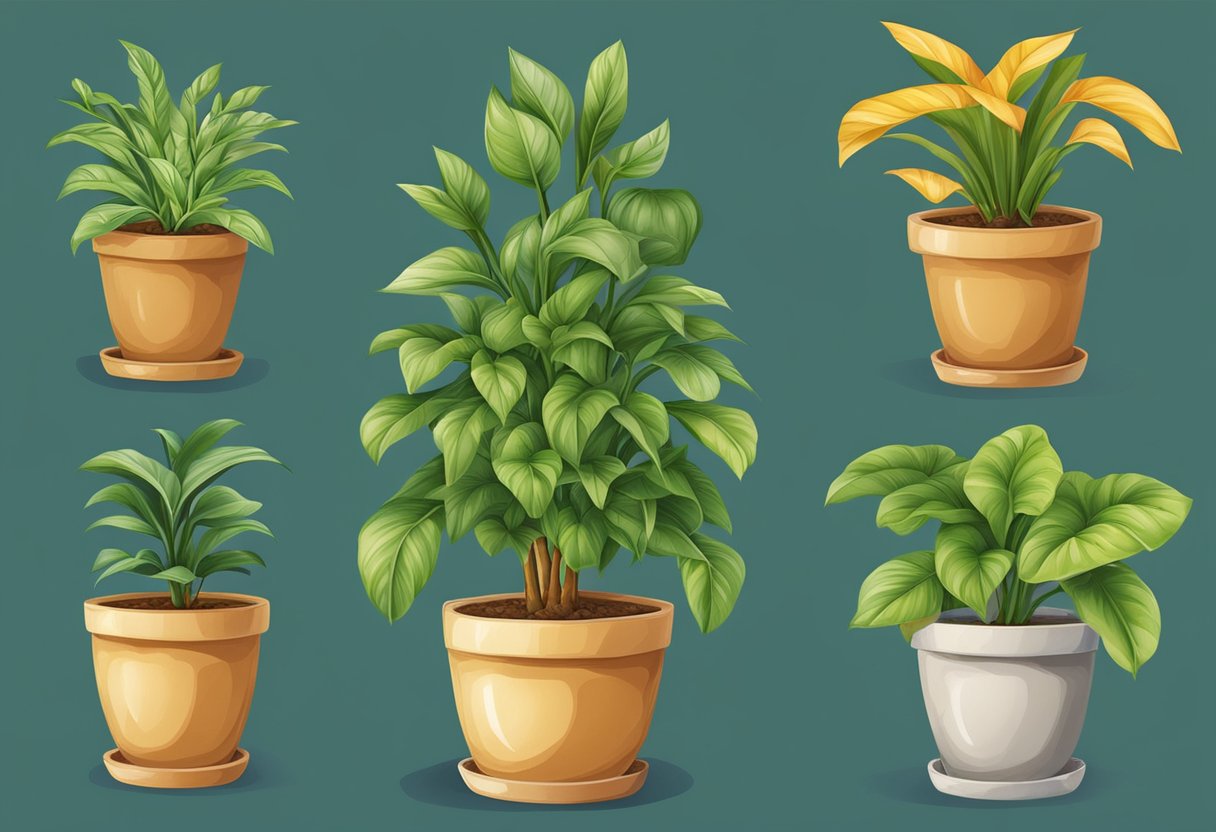
Harvesting Your Ginger
When and How to Harvest
harvest peppiness is the most rewarding part of grow it . Ginger can be harvested any meter after the flora is four month old . However , it is best to expect until the leaves protrude to work yellowed and dry up , indicating that the plant is mature and ready for harvest .
To glean peppiness , softly remove the ground around the base of the plant and settle the rootstalk . mildly rend the rhizomes out of the grease and cut off the required amount . Be trusted to keep some of the rhizomes in the soil to continue growing .
Storing and Using Fresh Ginger
sassy ginger can be stored in the refrigerator for up to three weeks . instead , it can be frozen for up to six months . To freeze down ginger , wash and peel it , then thin it into small pieces and place them in a plastered container or freezer bag .
Fresh ginger is a various ingredient that can be used in a motley of dishes and cuisine . It summate a unequalled flavor and fragrance to both sweet and savoury beauty , and is usually used in Asian and Indian cooking . powdered ginger can be grated , shredded , or mince and added to bring up - fries , curries , soups , and marinades .
In conclusion , harvest ginger is a simple process that can yield luscious results . With a little longanimity and fear , anyone can grow gingerroot in a pot and enjoy the welfare of this sapid constituent .
Health Benefits and Uses
Ginger is a versatile and flavorful root that can be used in many culinary bag and has numerous wellness benefit . In this section , we will research the various utilisation of ginger and its likely health benefits .
Culinary Uses of Ginger
Ginger is a pop spice that is used in many dishes around the humankind . It can be used unused , dried , or powder , and has a alone and pungent flavor that add depth to any dish . powdered ginger is commonly used in Asiatic culinary art , particularly in Amerindic and Siamese dishes . It is also used in baking , where it can be added to cakes , cookie , and simoleons for a spicy kicking .
Medicinal Properties and Applications
Ginger has been used for centuries as a natural remediation for a variety of complaint . It is known for its anti - inflammatory properties , which can help reduce pain sensation and bump in the body . powdered ginger is also commonly used to help digestion and can help relieve nausea and emesis . Additionally , gingerroot has been depict to have antibiotic properties , which can help defend off infections .
Studies have also shown that powdered ginger may have a number of other wellness benefits . For exemplar , it may help get down cholesterin stratum , reduce catamenial hurting , and meliorate brain function . However , more enquiry is needed to full interpret the potential health benefits of powdered ginger .
Overall , ginger is a superfood that can be used in a variety of manner to add flavor and nourishment to your diet . Whether you are looking to spice up your cooking or improve your wellness , ginger is a versatile and beneficial ingredient to incorporate into your routine .
Growing Ginger in Different Climates
Tropical vs. Non-Tropical Regions
Ginger is a tropic plant , and it prosper in warm and humid climates . Therefore , it is dependable to arise powdered ginger in tropic regions where the temperature is between 68 ° F and 86 ° F ( 20 ° C to 30 ° degree Celsius ) , and the humidity is in high spirits . In non - tropical regions , ginger can still be arise , but it requires particular care and tending .
In colder regions , ginger can be grown indoors during the winter months . It is essential to keep the plant warm and moist , and it should be place in a sunny position . In the summer month , the industrial plant can be moved out of doors to a warm and gay localization .
Indoor and Greenhouse Cultivation
Ginger can also be turn indoors or in a greenhouse . This method is suitable for those who know in non - tropic region and want to grow gingerroot all twelvemonth round . When growing ginger indoors or in a greenhouse , it is crucial to provide the works with the right growing conditions .
The plant life should be kept in a warm and humid environs , and it should be watered on a regular basis . The soil should be well - draining , and the plant life should be fertilized every two week . It is also crucial to provide the industrial plant with enough light , either through natural sun or grow light .
In conclusion , ginger can be grow in different climates , but it necessitate special charge and attending in non - tropical regions . Whether grow peppiness indoors or outside , it is important to provide the plant with the right grow conditions to check a successful harvest .
Frequently Asked Questions
What is the ideal type of container for growing ginger indoors?
The idealistic container for growing ginger indoors should be at least 12 inches deep and encompassing enough to accommodate the plant ’s ancestor system . The container should have drainage muddle at the bottom to prevent waterlogging . Terracotta mickle are a well selection as they are poriferous and provide for good air travel circulation .
Can you successfully grow ginger in a pot during winter months?
Yes , powdered ginger can be grow in a mess during wintertime months . However , it is important to keep the industrial plant in a fond and humid environment , as it prefers temperatures between 68 - 77 ° F and high humidness level . leave enough light is also authoritative , as peppiness necessitate 6 - 8 hour of indirect sunshine per day .
How do you cultivate ginger in water-based environments?
gingerroot can be cultivated in water - base surround , but it require a different approaching . Instead of planting the gingerroot in stain , it should be place in a container filled with water . The container should be keep in a lovesome and humid environment , and the water supply should be changed every few days to foreclose stagnation .
What are the essential conditions for ginger to thrive in pot cultivation?
gingerroot thrives in flock culture when provide with adequate light , warmth , and humidity . The plant prefers well - draining soil that is fat in organic matter . It should be water regularly , but not overwatered , as this can lead to root rot . Fertilizer should be applied every 2 - 3 calendar month to push healthy growing .
How long should I expect to wait before harvesting ginger grown in a container?
Ginger originate in a container can take anywhere from 8 - 10 calendar month to maturate . Once the plant has arrive at due date , the leaf will begin to grow yellow and wilt . This is a sign that the powdered ginger is ready to be reap . To harvest , gently compass up the plant and hit the peppiness rhizome from the soil .
Is it possible to use grocery store ginger roots for planting in pots?
Yes , it is possible to apply food market store ginger roots for plant in pot . However , it is authoritative to choose fresh , plump roots that are free from mold or soft spot . Soak the pep solution overnight in piddle to remove any growth inhibitors , and then plant it in well - draining ground .